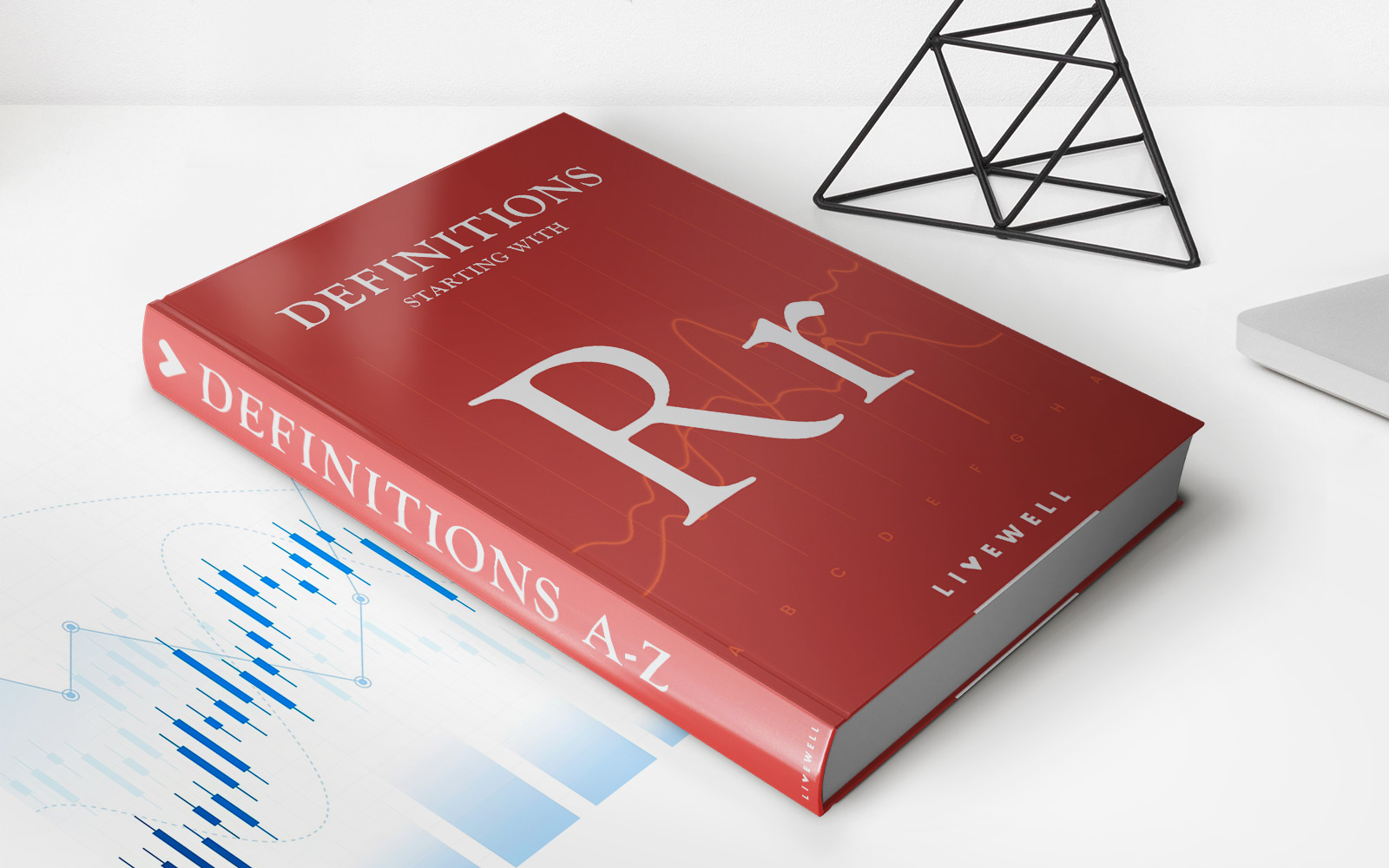Home>Finance>Appraisal Approach: Definition, How Process Works, And Example


Finance
Appraisal Approach: Definition, How Process Works, And Example
Published: October 8, 2023
Learn the finance appraisal approach, including its definition and how the process works, with a practical example. Enhance your financial knowledge now!
(Many of the links in this article redirect to a specific reviewed product. Your purchase of these products through affiliate links helps to generate commission for LiveWell, at no extra cost. Learn more)
Appraisal Approach: Definition, How the Process Works, and Example
When it comes to financial decisions, such as buying or selling real estate, understanding the value of the property is crucial. One commonly used method to determine the value of a property is through the appraisal approach. In this blog post, we will delve into the appraisal approach, exploring its definition, how the process works, and provide an example to illustrate its application.
Key Takeaways:
- The appraisal approach is a method used to determine the value of a property.
- This approach considers comparable properties, market conditions, and specific characteristics of the property being appraised.
What is the Appraisal Approach?
The appraisal approach is a systematic process used by appraisers to estimate the value of a property. It takes into account various factors, such as comparable property sales, market conditions, and the specific characteristics of the property being appraised. Appraisers play a critical role in the real estate industry, as their evaluation provides vital information for buyers, sellers, and lenders.
How Does the Appraisal Process Work?
The appraisal process involves several steps that appraisers follow to determine the value of a property:
- Property Inspection: The appraiser visits the property to assess its condition, size, layout, and any unique features that may influence its value.
- Comparable Analysis: The appraiser researches recent sales of similar properties in the area to determine their value. They compare these properties to the one being appraised and adjust for any differences.
- Market Analysis: The appraiser examines current market conditions, including the supply and demand for properties in the area, interest rates, and economic trends that may impact value.
- Value Estimation: Using the gathered data, the appraiser calculates an estimated value for the property. They consider its unique characteristics, the recent sales of comparable properties, and the overall market conditions.
- Appraisal Report: The appraiser prepares a detailed report that includes their findings, the estimated value of the property, and the methodology used to arrive at that value. This report is often relied upon by buyers, sellers, and lenders in making informed financial decisions.
Example of the Appraisal Approach
Let’s consider an example to better understand how the appraisal approach works. Imagine you are interested in purchasing a three-bedroom house in a suburban neighborhood. An appraiser would start by inspecting the property, noting its size, condition, and any unique features such as a swimming pool or a renovated kitchen.
The appraiser would then research recent sales of similar three-bedroom houses in the area. For instance, they might find that similar homes have sold for an average price of $300,000. However, the property you are interested in has additional features, such as a backyard patio and a recently upgraded HVAC system.
Based on the comparable analysis, the appraiser might determine that these additional features could add $15,000 to the property’s value. However, they also consider the current market conditions, such as a decrease in demand, which may have a negative impact on the property’s value.
After carefully considering all these factors, the appraiser estimates the value of the property at $295,000. This estimate would be documented in the appraisal report, providing you with valuable information when making a decision regarding the property purchase.
Conclusion
The appraisal approach is an essential tool in determining the value of a property. Its systematic process, which considers comparable property sales, market conditions, and specific property characteristics, provides valuable insights for buyers, sellers, and lenders. By understanding the appraisal approach, you can make informed financial decisions when buying or selling real estate.














